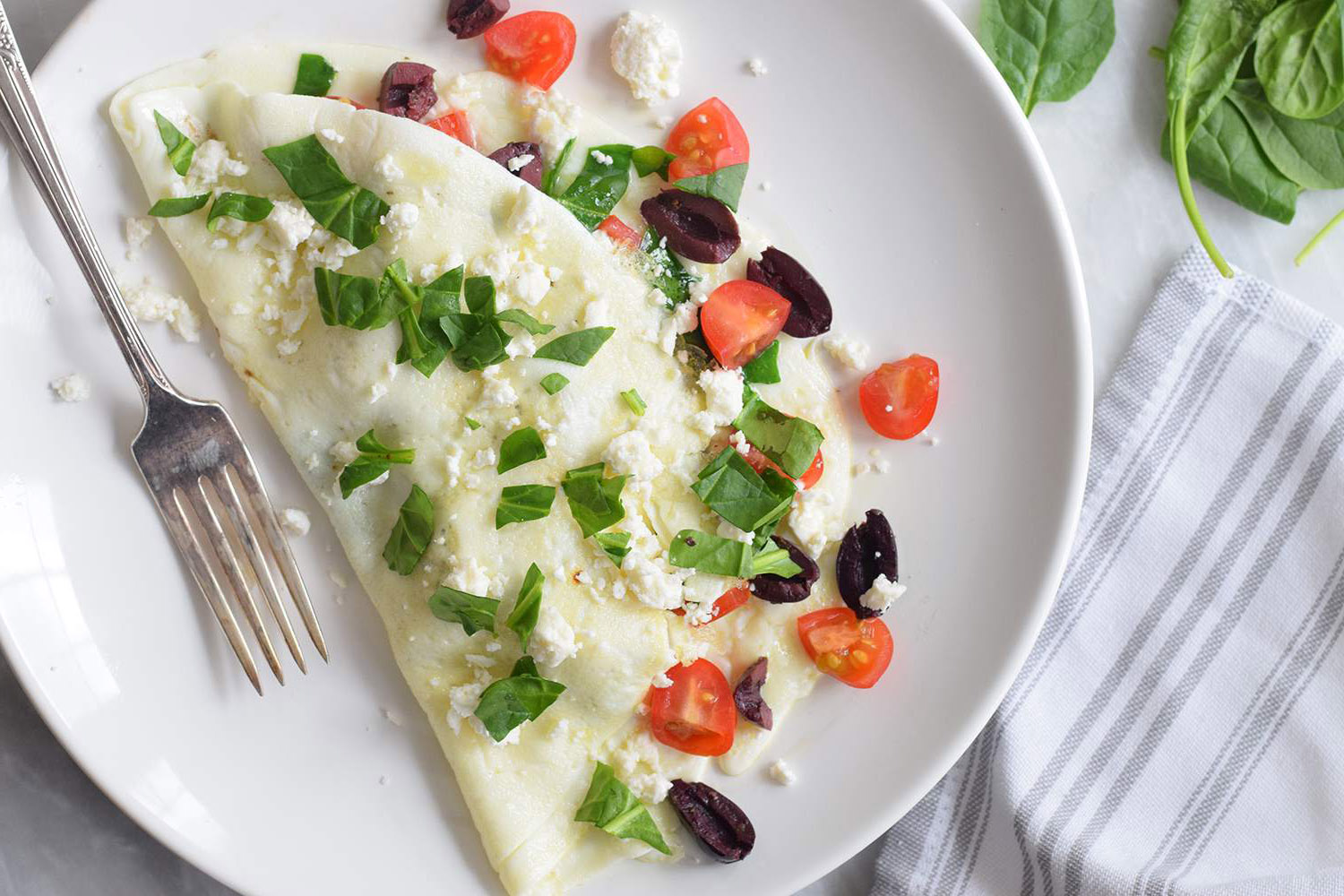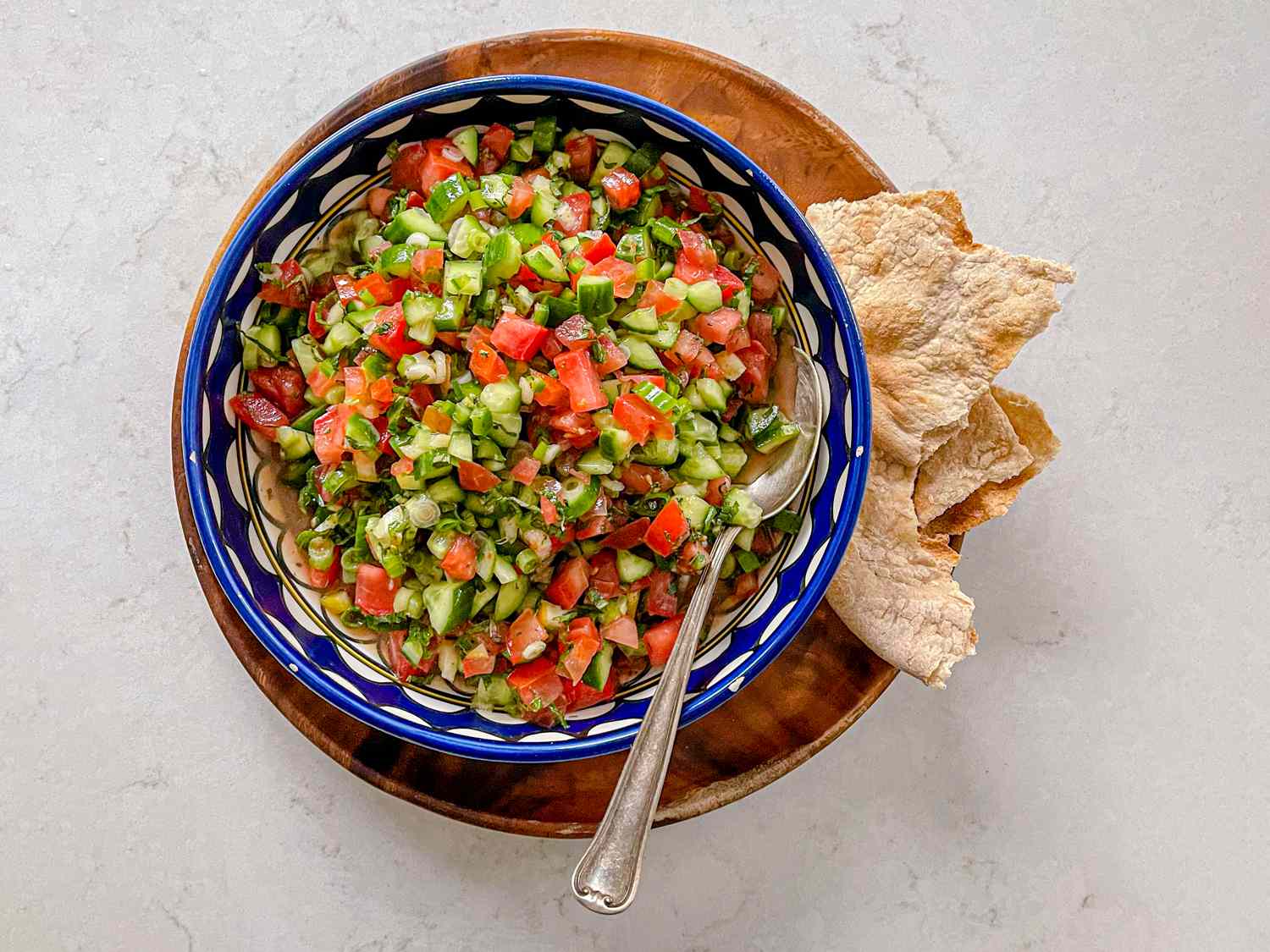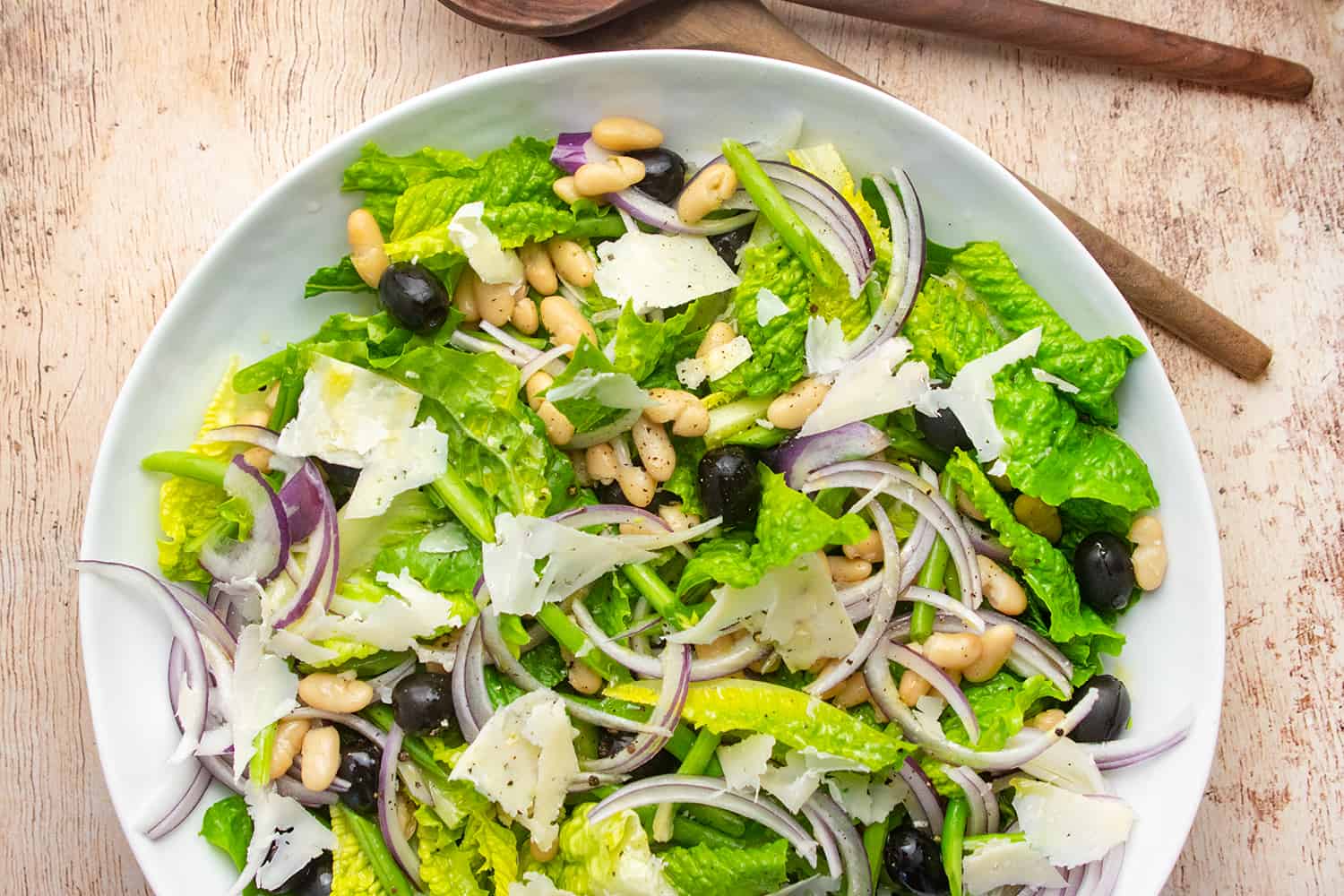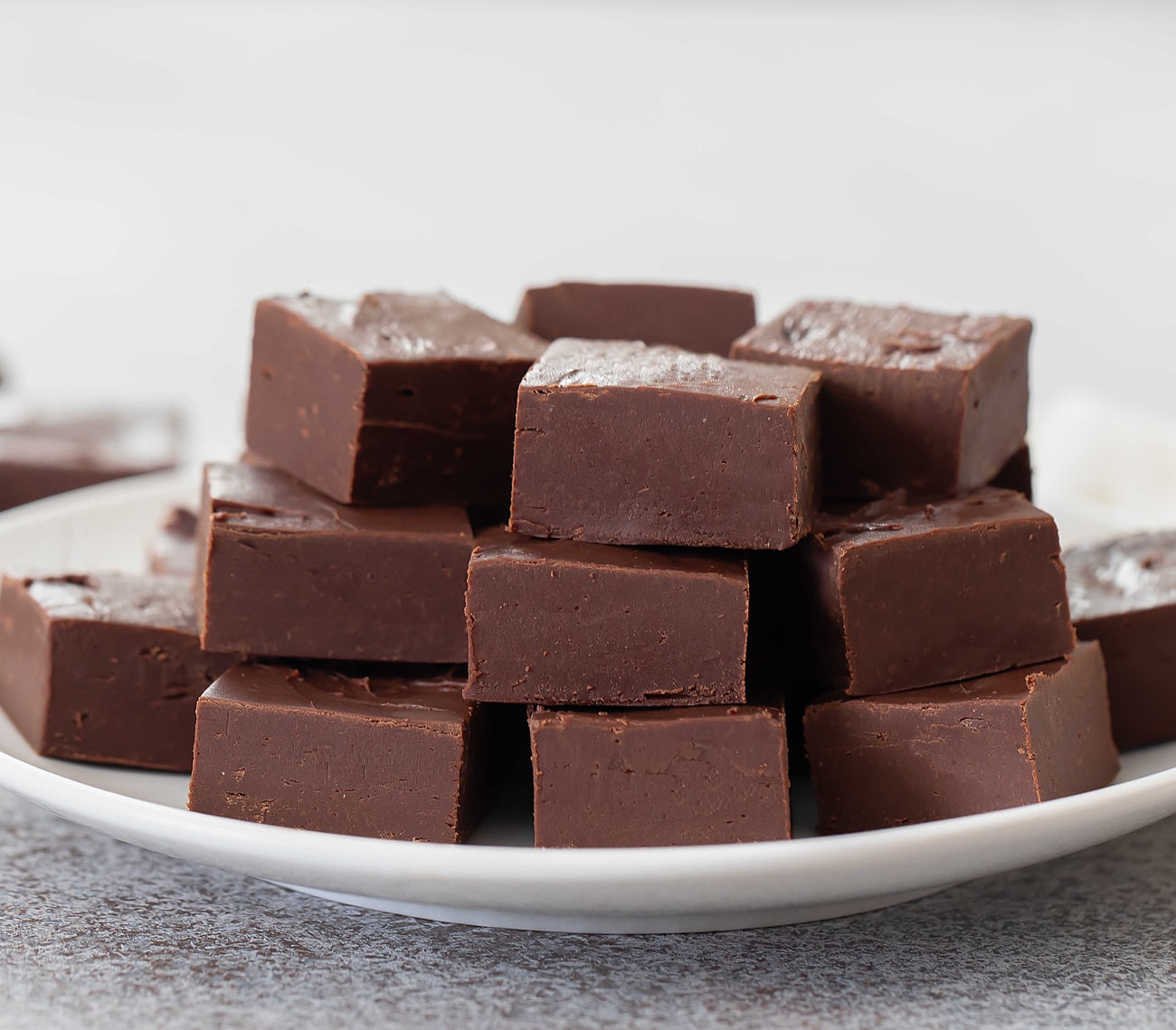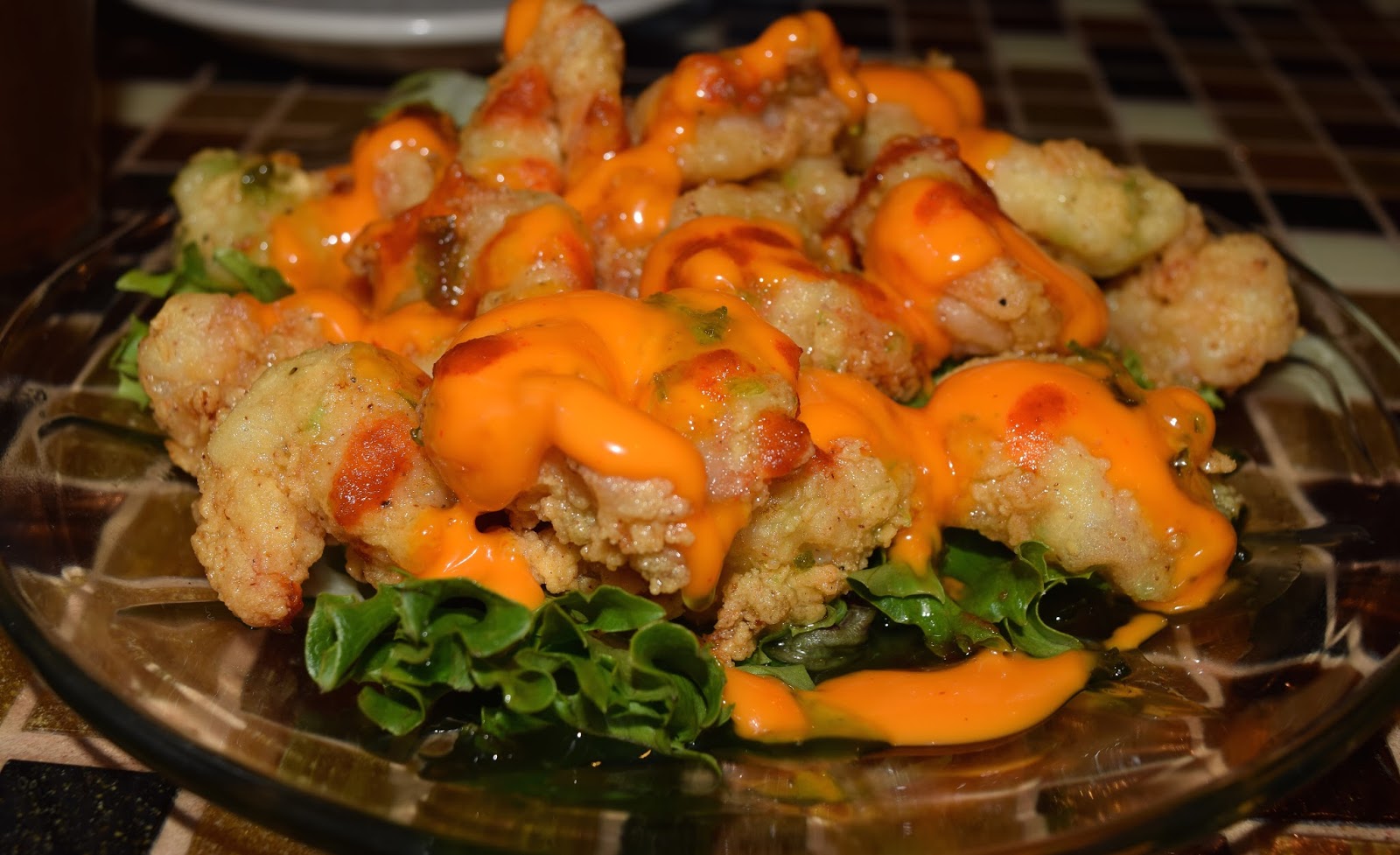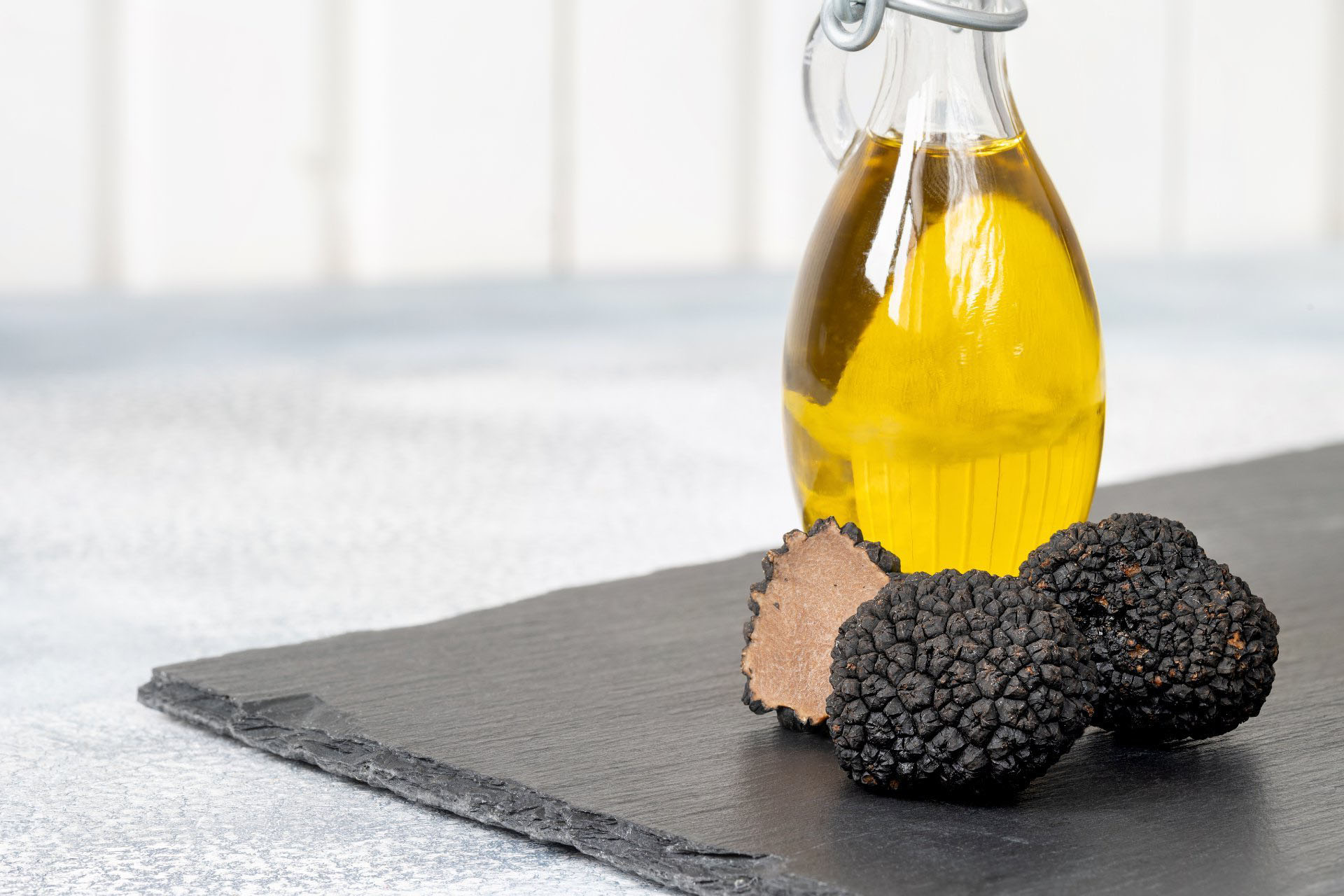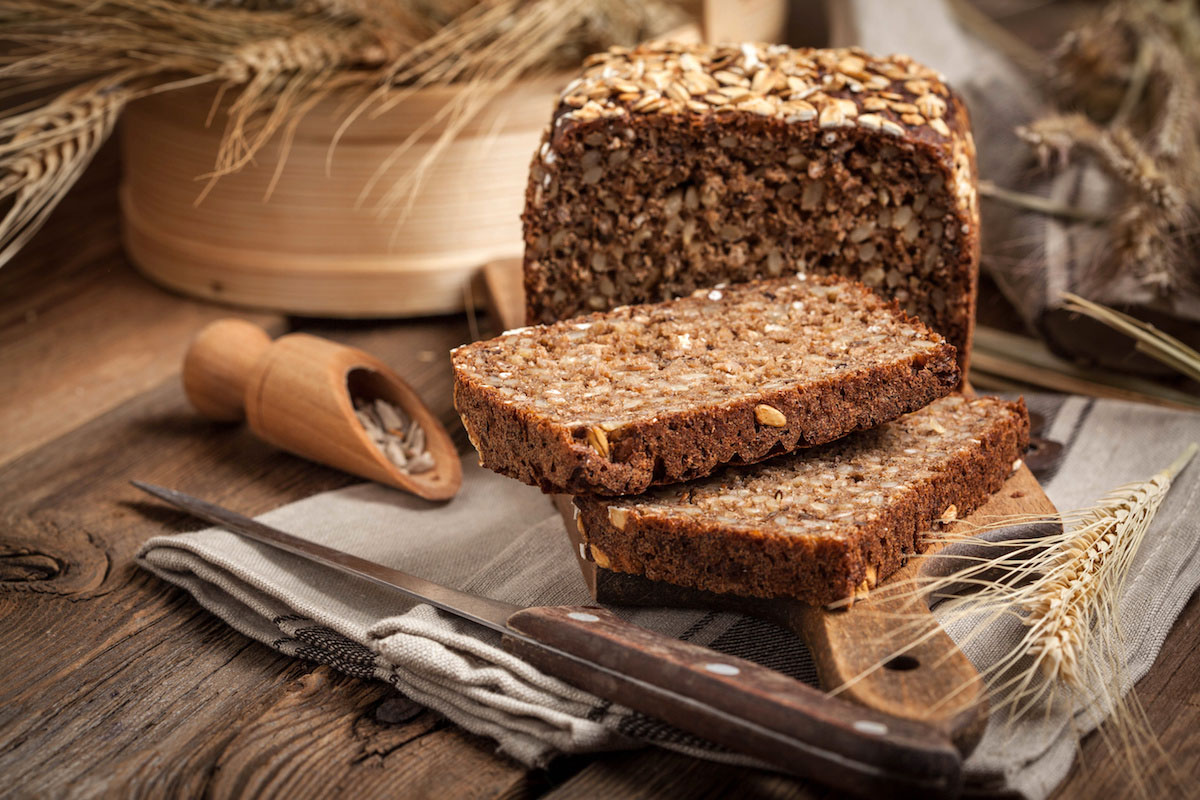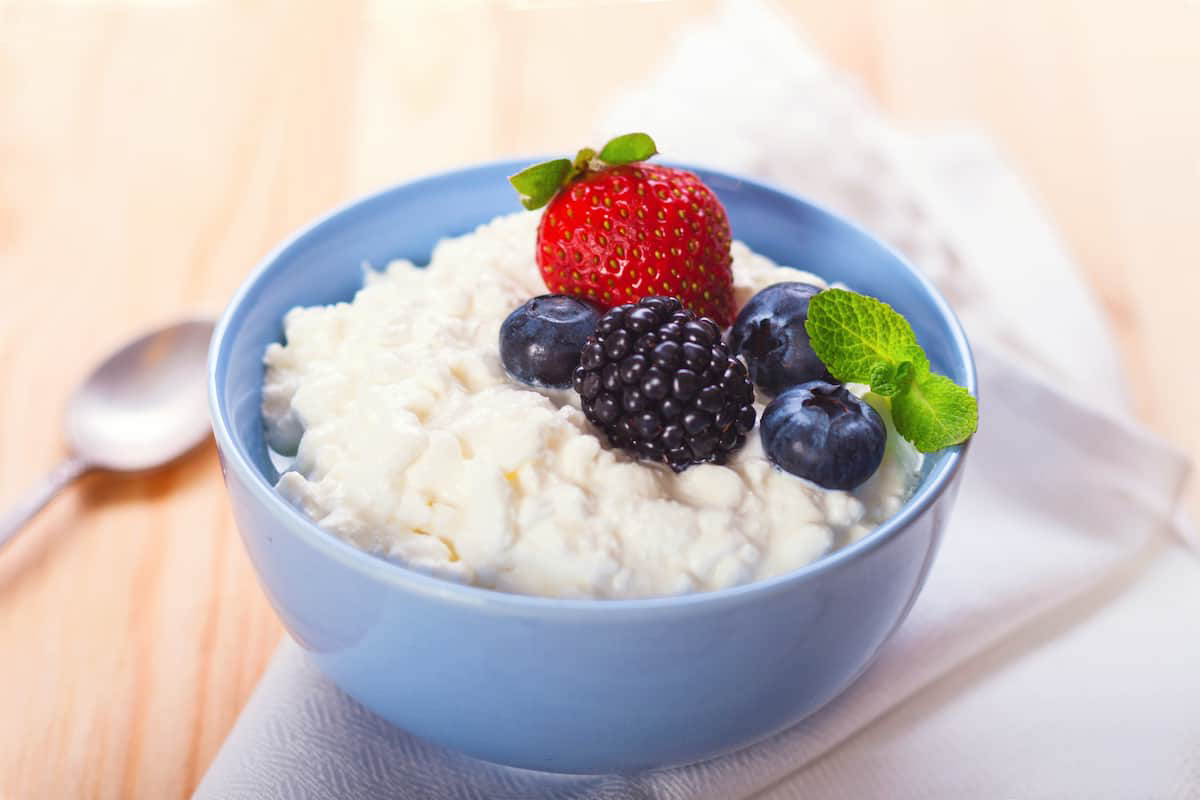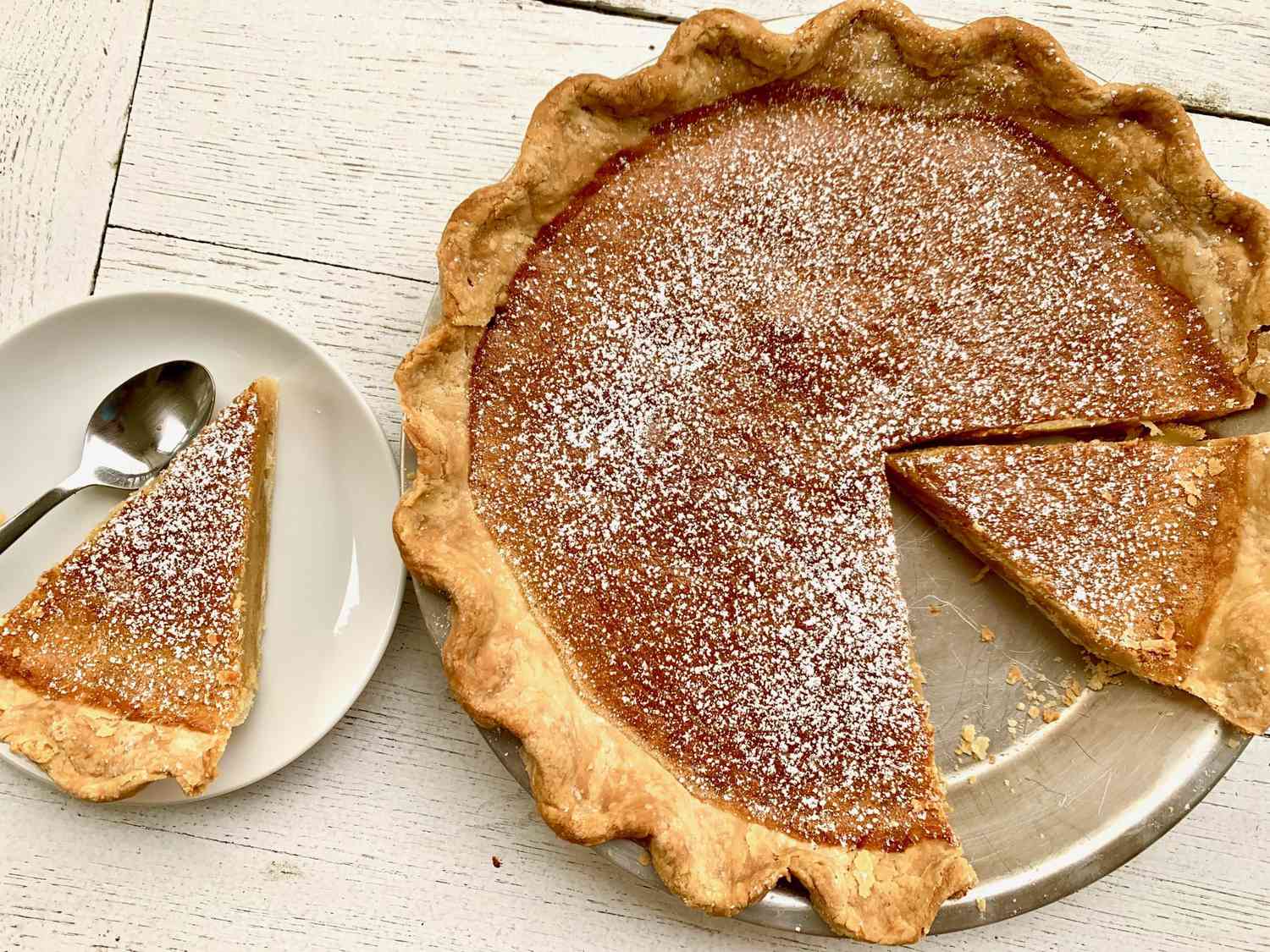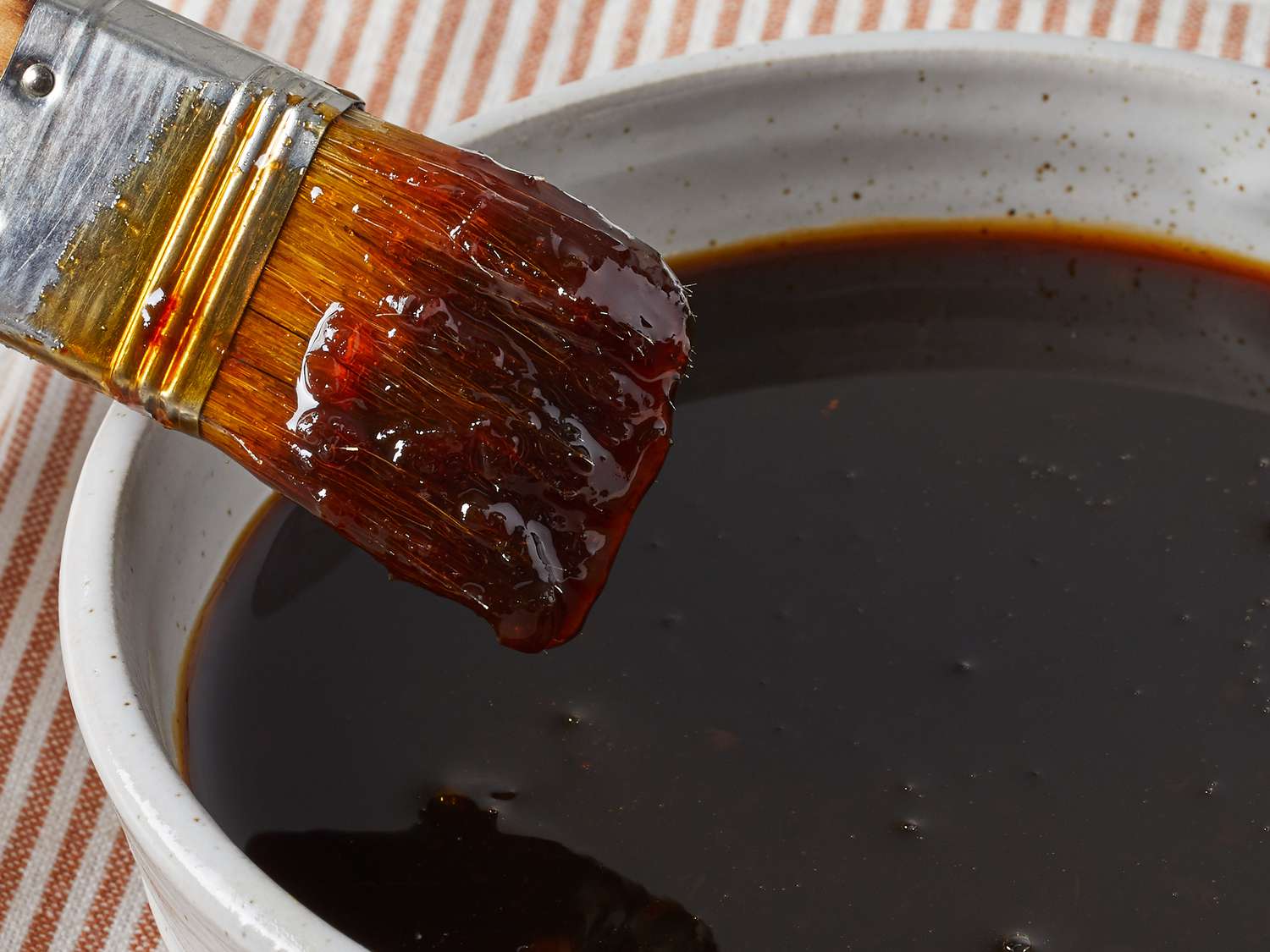Understanding Crisco Shortening
When it comes to baking and cooking, there are a variety of ingredients that can be used to achieve different results. One such ingredient is Crisco shortening. But what exactly is Crisco shortening, and how is it used in the kitchen?
What Is Crisco Shortening?
Crisco shortening is a type of fat that is commonly used in baking and cooking. It is made from vegetable oils, such as soybean, cottonseed, or palm oil, that have been hydrogenated to create a solid fat. This process gives Crisco shortening a smooth texture and a high melting point, making it ideal for use in a wide range of recipes.
Uses of Crisco Shortening
Crisco shortening can be used in a variety of ways in the kitchen, including:
- Baking: Crisco shortening is often used in baking to create tender and flaky pastries, biscuits, and pie crusts.
- Frying: Its high melting point makes it suitable for frying foods at high temperatures, such as donuts and fried chicken.
- Cooking: Crisco shortening can be used as a substitute for butter or oil in cooking, adding a rich and creamy texture to dishes.
Benefits of Using Crisco Shortening
There are several benefits to using Crisco shortening in your cooking and baking:
- Texture: Crisco shortening helps create a light and tender texture in baked goods.
- Flavor: It has a neutral flavor, allowing the other ingredients in a recipe to shine through.
- Moisture: Using Crisco shortening can help retain moisture in baked goods, keeping them fresher for longer.
- High Smoke Point: It has a high smoke point, making it suitable for frying and sautéing at high temperatures.
Substituting Crisco Shortening
If you don’t have Crisco shortening on hand, there are a few alternatives you can use:
- Butter: In some recipes, butter can be used as a substitute for Crisco shortening, though it may affect the texture and flavor of the final product.
- Vegetable Oil: When a recipe calls for melted shortening, vegetable oil can be used as a substitute, though the texture of the finished product may be slightly different.
Conclusion
Crisco shortening is a versatile ingredient that can be used in a variety of ways in the kitchen. Whether you’re baking flaky pastries or frying up crispy chicken, Crisco shortening can help you achieve delicious results. Its high melting point, neutral flavor, and ability to retain moisture make it a valuable addition to any kitchen pantry.
Next time you’re in the kitchen, consider reaching for a tub of Crisco shortening and see how it can elevate your cooking and baking endeavors.
Was this page helpful?
Read Next: What Is Garlic Butter Sauce
